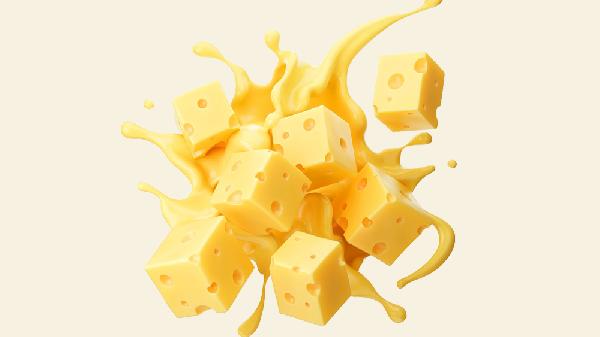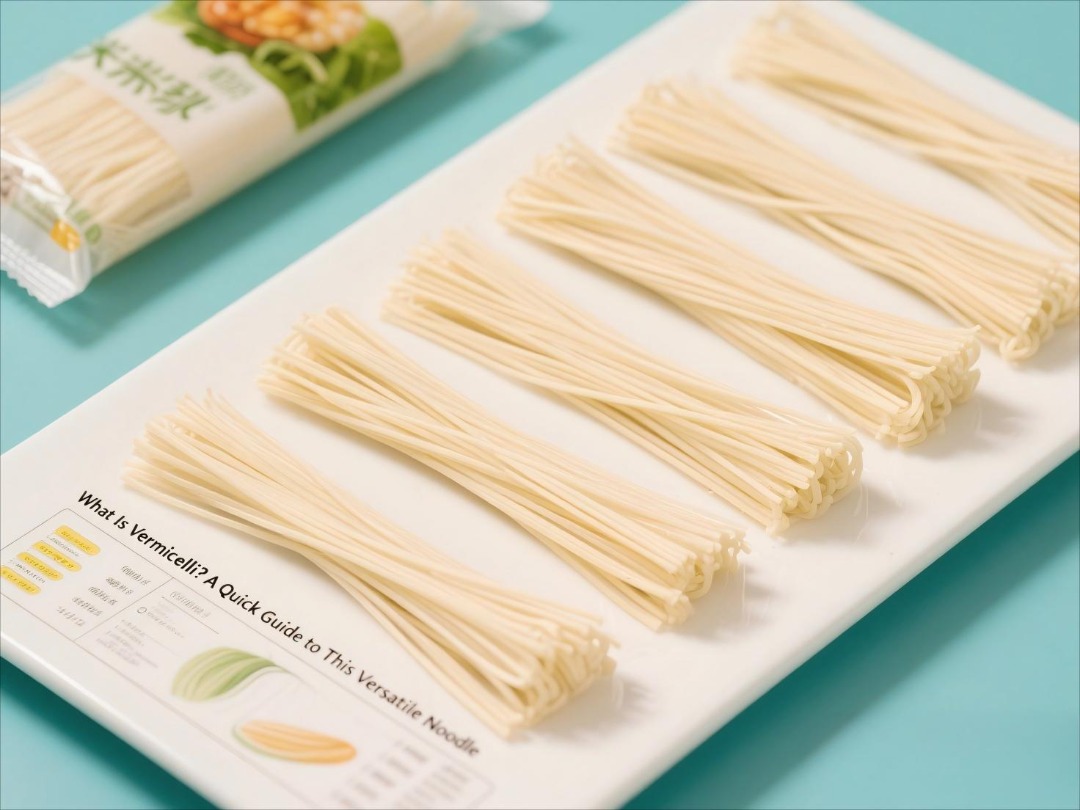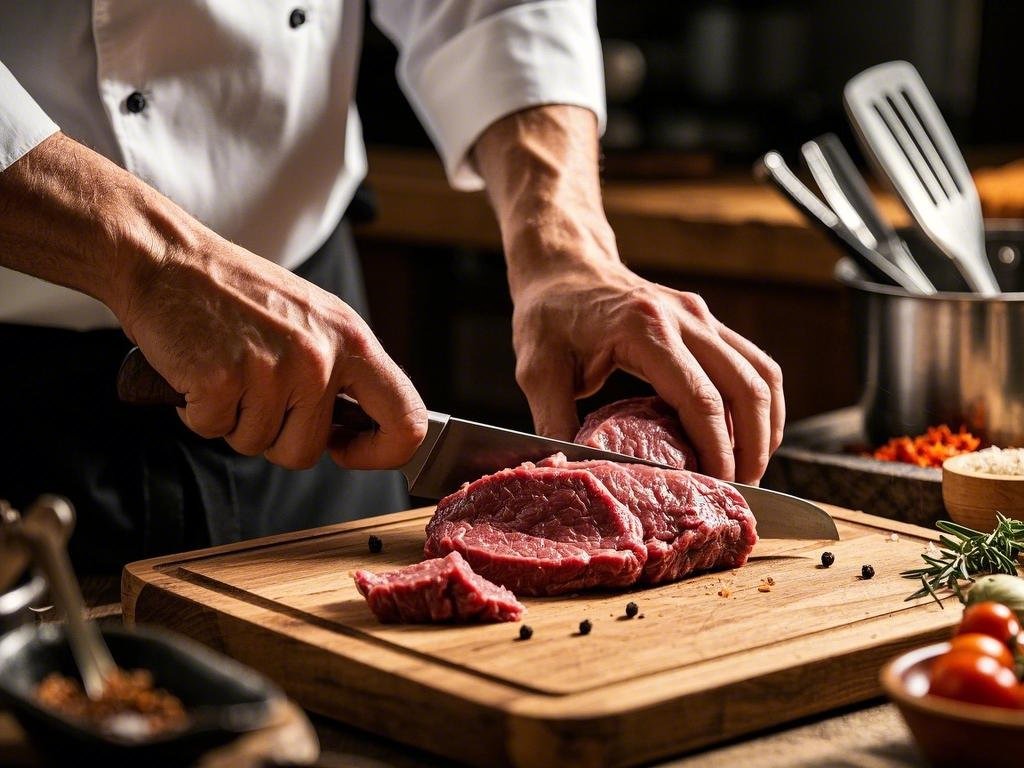Got a hunk of cheese that’s looking a little… extra fuzzy? Before you panic and chuck your beloved cheddar in the trash, let’s talk mold—because not all of it means your snack is doomed.

The short answer? Sometimes you can salvage it—but there’s a right (and very wrong) way to do it.
First, Know Your Mold
Not all cheese mold is created equal. If you spot green, white, or gray fuzz, that’s your cue something’s off. But if your cheese smells funky (think sour milk or ammonia), has a slimy texture, or sports pink or black spots, it’s time to say goodbye.
Pro tip: Blue cheese, gorgonzola, and Roquefort intentionally contain mold (that’s what gives them their funky kick). If those are growing extra mold, though—yeah, that’s a no-go.
Can You Just Cut It Off?
For hard cheeses (cheddar, Parmesan, Swiss):
For soft cheeses (brie, ricotta, cream cheese):
When to Just Let It Go
If the mold looks like it’s throwing a full-blown party (covering large areas, deep spots, or the whole block), don’t risk it. Even if you think you’ve cut it all out, mold can have invisible roots.
And if you’re immunocompromised, pregnant, or just don’t want to gamble with food poisoning, play it safe and ditch it.
How to Keep Cheese Fresher, Longer
Mold thrives in moisture, so storage is key:
Bottom Line
Hard cheese with a tiny mold spot? Chop it off and carry on. Soft cheese looking questionable? Trash it. When in doubt, remember: No cheese is worth a stomachache.
Now go enjoy that (mold-free) charcuterie board like the snack connoisseur you are. ✨























